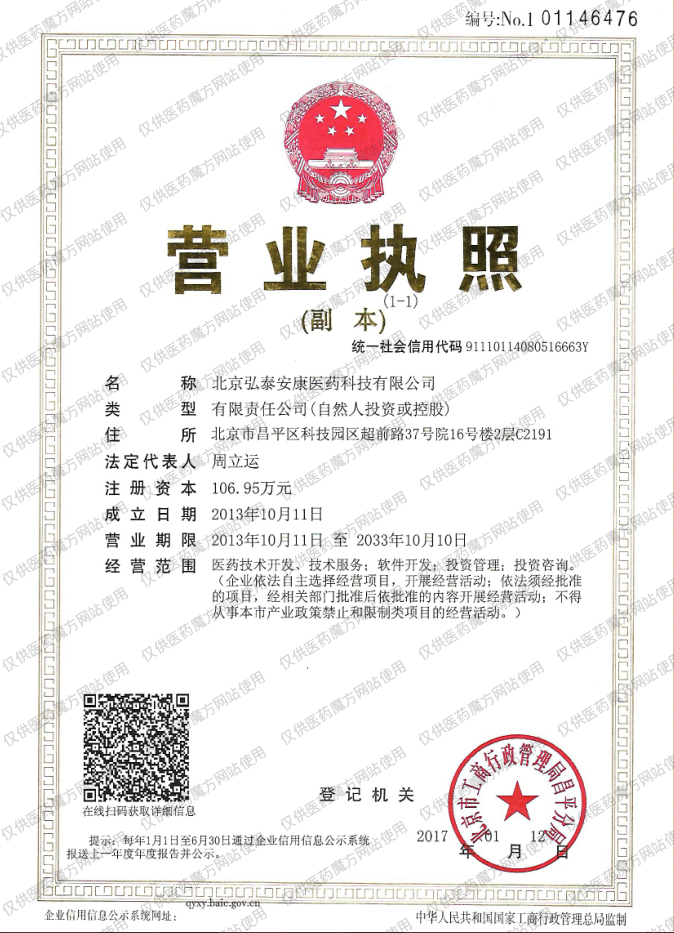Novartis buys digital ‘lazy eye’ treatment company Amblyotech
Condition is a leading cause of vision loss in children and young adults

Novartis has completed the acquisition of Amblyotech and its digital therapeutic for amblyopia or ‘lazy eye’, a leading cause of vision loss in children and young adults.
The US-based software start-up is developing a therapy that combines gaming with the use of 3D glasses to train the eyes of people with amblyopia to start working together properly.
As its name suggests, lazy eye typically involves a lack of visual acuity in one eye, although in some cases both eyes can be affected. If untreated, it can cause severe visual disability that can impact many aspects of life, such as education, driving and living independently.
Current treatment can involve the use of eye patches to try to encourage the affected eye to work properly, as well as drugs like atropine, but there have poor compliance and success rates, according to Novartis. They are also most effective in children and adults with amblyopia have few options.
Amblyotech’s gaming approach – developed in collaboration with game company Ubisoft and Canada’s McGill University – uses a visual presentation called dichoptic display, where each eye is presented with different images using an algorithm that encourages the weaker eye to work harder.
A number of games are being developed for the platform, and a proof of concept study is planned for later in 2020 to try to support its approval under Software as a Medical Device (SaMD) regulations.
In early-stage clinical studies, Amblyotech’s software achieved improvements in vision in both children and adults, with a faster onset compared to standard of care treatments for amblyopia, according to Novartis.
“By offering a non-invasive solution that has the potential to be significantly faster than current standards of care such as patching for children and adults impacted by lazy eye, Amblyotech’s software is a great example of how we can reimagine medicine using digital technology,” said Nikos Tripodis, Novartis’ head of ophthalmology.
“We look forward to using our deep clinical development expertise in ophthalmology to accelerate this platform toward regulatory approval, and our global commercial footprint to maximise access for patients who need it.”
Novartis has a long heritage in eyecare via its Alcon division, which was spun out into a standalone business last year, and has also made no secret of its ambition to digitise its business.
In its 2019 annual report, the Swiss drugmaker pointed to 12 major projects in the digital space, extending from drug discovery through to the delivery of medicines and new digital therapeutics.
That includes a project with technology giant Tencent to create an artificial intelligence-powered digital nurse to support heart failure patients in China, and a collaboration with Pear Therapeutics to develop digital products for schizophrenia and multiple sclerosis.
Novartis has completed the acquisition of Amblyotech and its digital therapeutic for amblyopia or ‘lazy eye’, a leading cause of vision loss in children and young adults. The US-based software start-up is developing a therapy that combines gaming with the use of 3D glasses to train the eyes of people with amblyopia to start working together properly. As its name suggests, lazy eye typically involves a lack of visual acuity in one eye, although in some cases both eyes can be affected. If untreated, it can cause severe visual disability that can impact many aspects of life, such as education, driving and living independently. Current treatment can involve the use of eye patches to try to encourage the affected eye to work properly, as well as drugs like atropine, but there have poor compliance and success rates, according to Novartis. They are also most effective in children and adults with amblyopia have few options. Amblyotech’s gaming approach – developed in collaboration with game company Ubisoft and Canada’s McGill University – uses a visual presentation called dichoptic display, where each eye is presented with different images using an algorithm that encourages the weaker eye to work harder. A number of games are being developed for the platform, and a proof of concept study is planned for later in 2020 to try to support its approval under Software as a Medical Device (SaMD) regulations. In early-stage clinical studies, Amblyotech’s software achieved improvements in vision in both children and adults, with a faster onset compared to standard of care treatments for amblyopia, according to Novartis. “By offering a non-invasive solution that has the potential to be significantly faster than current standards of care such as patching for children and adults impacted by lazy eye, Amblyotech’s software is a great example of how we can reimagine medicine using digital technology,” said Nikos Tripodis, Novartis’ head of ophthalmology. “We look forward to using our deep clinical development expertise in ophthalmology to accelerate this platform toward regulatory approval, and our global commercial footprint to maximise access for patients who need it. ” Novartis has a long heritage in eyecare via its Alcon division, which was spun out into a standalone business last year, and has also made no secret of its ambition to digitise its business. In its 2019 annual report, the Swiss drugmaker pointed to 12 major projects in the digital space, extending from drug discovery through to the delivery of medicines and new digital therapeutics. That includes a project with technology giant Tencent to create an artificial intelligence-powered digital nurse to support heart failure patients in China, and a collaboration with Pear Therapeutics to develop digital products for schizophrenia and multiple sclerosis

扫码实时看更多精彩文章



